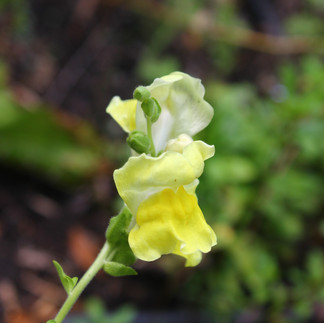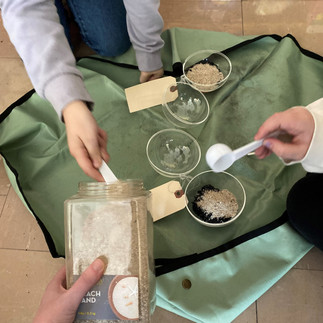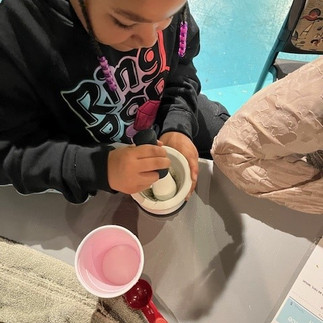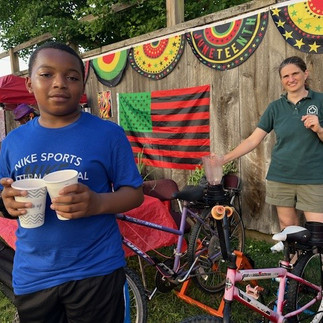Harvesting History Spring Recap and Photos
- Friends of Clermont

- Jul 10
- 3 min read
Updated: Sep 2
It’s been an eventful spring for our Harvesting History program! Check out our spring scrapbook below.
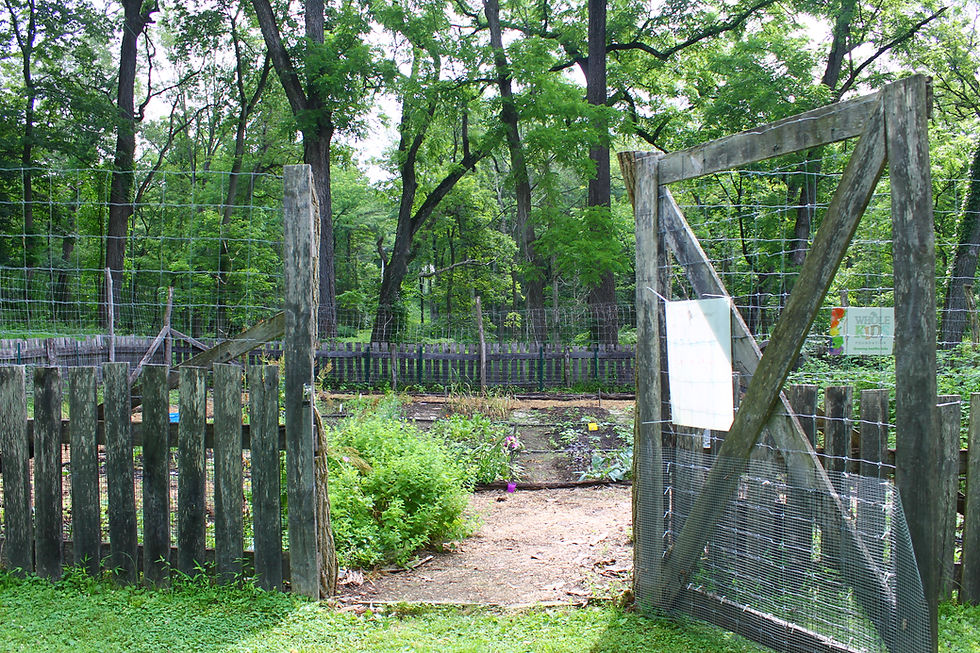
What did our garden grow?
This spring, our volunteers harvested: French sorrel, lettuce (little gem, red leaf, and marvel of the four seasons, and endive), baby spinach, salad mix, pea shoots, kohlrabi, mache, claytonia, Swiss chard, garlic scapes, black-capped raspberries, sugar snap and snow peas, a wide variety of herbs (Genovese and Thai basil, rosemary, French and English thyme, oregano, peppermint, spearmint, lemon verbena, Mexican mint tarragon, garlic chives, dill, bronze fennel fronds, and stevia), and an assortment of flowers (borage, nasturtium, violas [Johnny-Jump-Ups], snapdragons, dahlias, and daffodils).
In only two months, we’ve donated over 14 pounds of fresh produce to the Germantown Food Bank and the Salvation Army Food Pantry in Hudson. That’s 31 and ½ pints of assorted herbs, 69 heads of artisanal lettuce, 18 bunches of salad mix, and 5 bouquets of edible flowers!
None of this would have been possible without the hard work and dedication of Horticultural Technician Leslie Reed, Outdoor Education Assistant Lila McPherson, Friends of Clermont Advancement Manager Emily Meyer, and our Harvesting History volunteers, Tara Barrett and Lorrie Renz.
If you are interested in volunteering, please fill out a volunteer form.

In the classroom
Even though we only opened the garden in May, the Harvesting History program is an all-year-round program. Thanks to Clermont’s Horticultural Technician Leslie Reed, and Outdoor Education Assistant Lila McPherson, we have been able to reach over 690 schoolchildren since January!
Students created micro-greenhouses, built terrariums, created birdseed ornaments, candied their own violets, created seed paper, and made their own felted flowers. Students in our Harvesting History program also have the opportunity to create their own class gardens on school grounds. Students learned how to properly plan a garden, how to read seed catalogs, start their own seedlings, and learned about the importance of pollinators and other garden friends.
Leslie and Lila also attended the Juneteenth Celebration hosted by the Hudson Catskill Housing Coalition, where attendees made fresh berry smoothies using a bike-powered blender.
Are you a teacher looking to expand your students’ knowledge of seed science through hands-on experiences? Contact info@friendsofclermont.org to learn more.

What’s next for Harvesting History?
Now that school’s out for the summer, we are excited to bring back Harvesting History’s collaboration with local summer camps. Campers will engage in a variety of food and garden-centric activities, including growing microgreens, making natural-flavored ice cream, making natural food dyes, creating seed paper and nature journals, and making smoothies in a bike-powered blender.
We are also hosting two family workshops this summer. These programs are free but do require registration beforehand. We hope to see you there!
As we approach mid-summer, our tomato crops are just beginning to flourish along with our calendula flowers, which we will press for oil and use in programming later in the year.
We are eagerly looking forward to our fall season. Volunteers and schoolchildren alike are preparing the teaching garden for our late summer and early fall crops. The Three Sisters (corn, beans, and squash) have been planted along the back fence, and our potato crop is thriving. Our garlic crop, which was planted in late fall, is ready to be harvested and prepped for donation.

Want to support Harvesting History?
When the Harvesting History program first began over a decade ago, it served 100 children. Today, it serves over 1,000 youth, seniors, and adults throughout Columbia and Greene counties. Consider donating to ensure that this wonderful program can continue to provide engaging educational programming for all ages, free of charge.





































